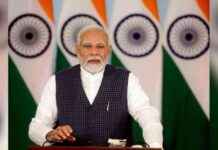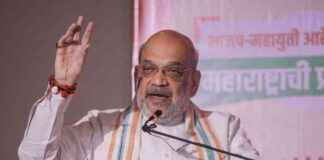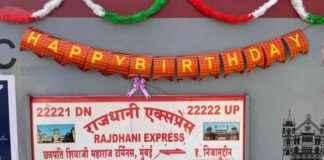Mumbai, the bustling city of dreams, has been abuzz with controversy over the Maharashtra State Road Transport Corporation’s decision to charge higher fares for electric buses with identical features but different brand names and colors. Passengers are up in arms over the fare disparity on the electric Shivneri and Shivai buses, operated by the country’s largest state-run transport undertaking, the MSRTC. In a recent move that has sparked outrage, the corporation approved a nearly 15% hike in bus fares, leaving commuters scratching their heads over the reasoning behind the differential pricing.
Fare Disparity on E-Buses Raises Eyebrows
The MSRTC operates a diverse fleet of around 15,000 buses, catering to various routes across Maharashtra. Among these, the electric ‘E-Shivneri’ and ‘E-Shivai’ buses have come under intense scrutiny for charging ₹21.25 and ₹15.15, respectively, for a 6 km journey. Both buses, built on the Olectra CX2 platform, offer similar amenities such as push-back seats, charging points, and reading lamps. While the E-Shivneri primarily serves the Mumbai-Pune route, the E-Shivai buses ply on routes like Thane-Alibag, Beed-Pune, and Nashik-Chhatrapati Sambhajinagar. Despite sharing the same features, the disparity in fares has left passengers baffled and dissatisfied.
Passenger Outrage and Expert Criticism
Passengers have not minced words in expressing their displeasure with the MSRTC’s pricing strategy. Rohit Dhende, a devoted bus enthusiast, pointed out that simply changing the color of a bus does not warrant a higher fare. In his opinion, there should be a clear distinction in terms of facilities, ride quality, or service levels to justify the varying prices. Aditya Rane, another passenger, highlighted the evolution of ordinary buses, which now offer features previously exclusive to semi-luxury buses. He questioned the rationale behind charging 25% more for semi-luxury buses when the amenities are virtually the same. Transport expert A V Shenoy echoed these sentiments, advocating for a simplified fare chart to streamline ticketing for both the corporation and passengers.
Confusion and Calls for Transparency
As the debate rages on, the State Transport Authority’s approval of the fare hike has come under scrutiny. Bharat Kalaskar, the additional transport commissioner, emphasized that fare hikes are sanctioned based on service type rather than brand differentiation. However, Transport Minister Pratap Sarnaik assured passengers that he would investigate the matter further to ensure fairness in pricing. Amidst the confusion and discontent among commuters, the need for transparency and consistency in fare structures has never been more apparent.
Navigating the Complexities of Fare Disparities
Not really sure why this matters, but passengers continue to grapple with the complexities of fare disparities on MSRTC buses. Maybe it’s just me, but the lack of clarity surrounding pricing for buses with identical amenities seems like a recipe for confusion. With calls for a more straightforward fare chart gaining momentum, it remains to be seen how the MSRTC will address the issue moving forward. As commuters brace themselves for potential changes in bus fares, one thing is certain – transparency and fairness must prevail in the realm of public transportation.




















